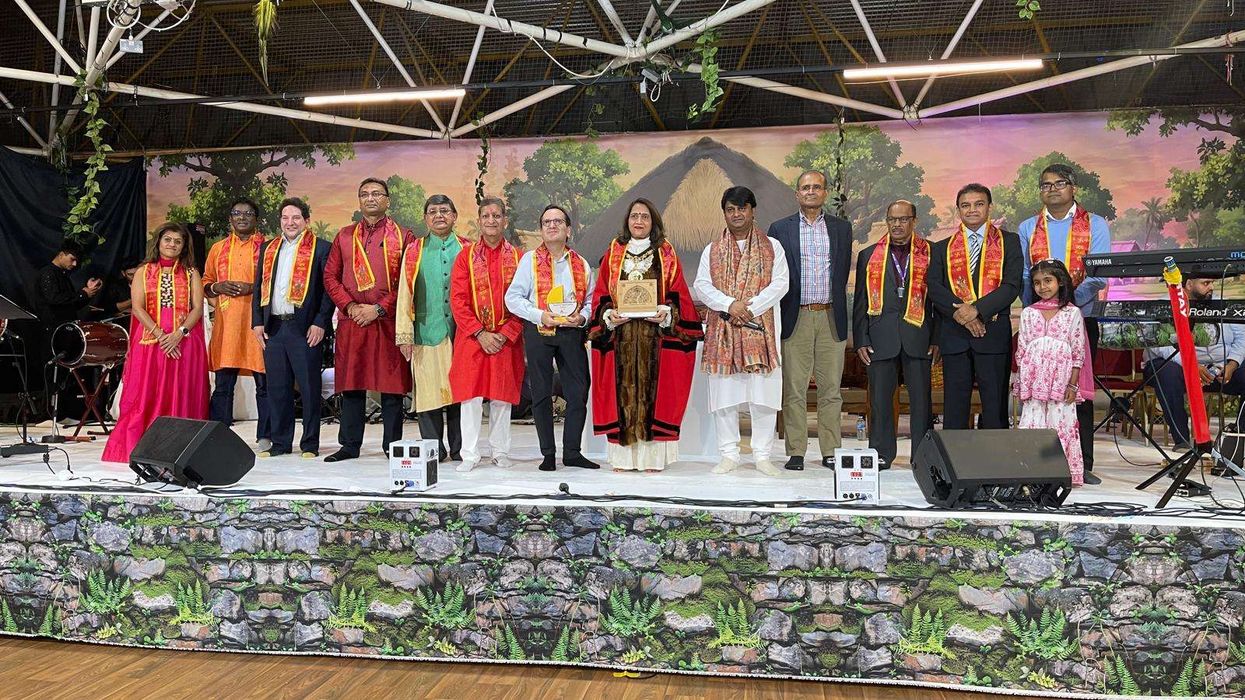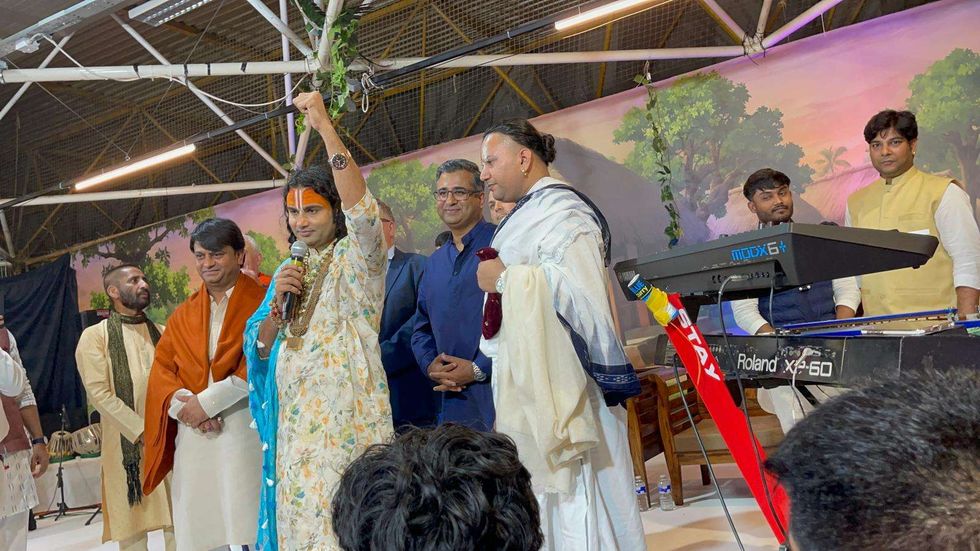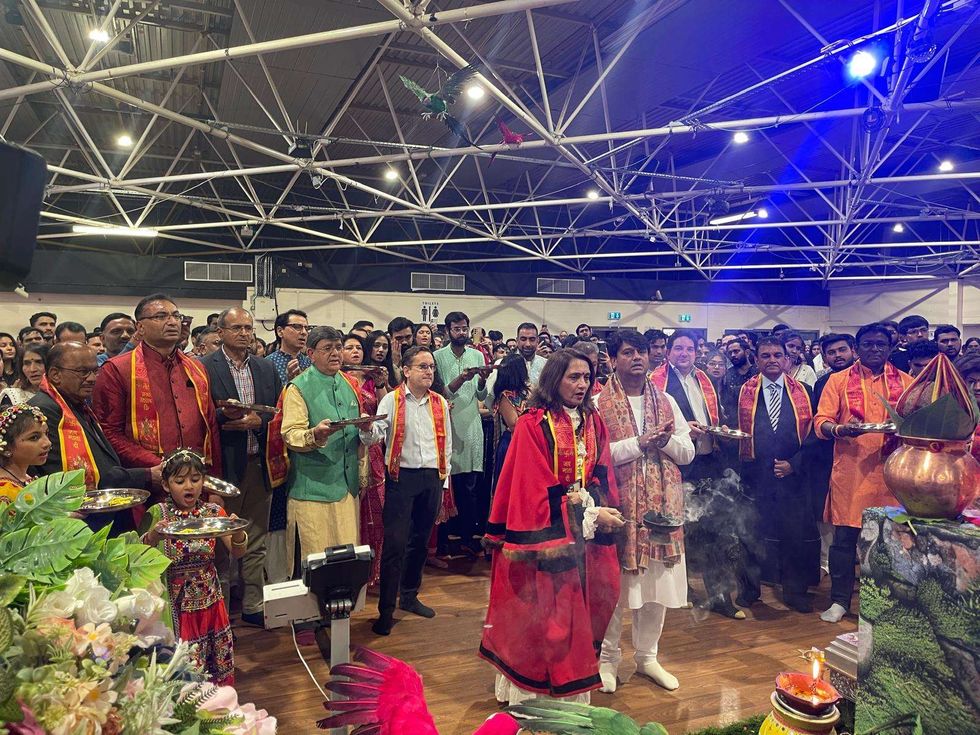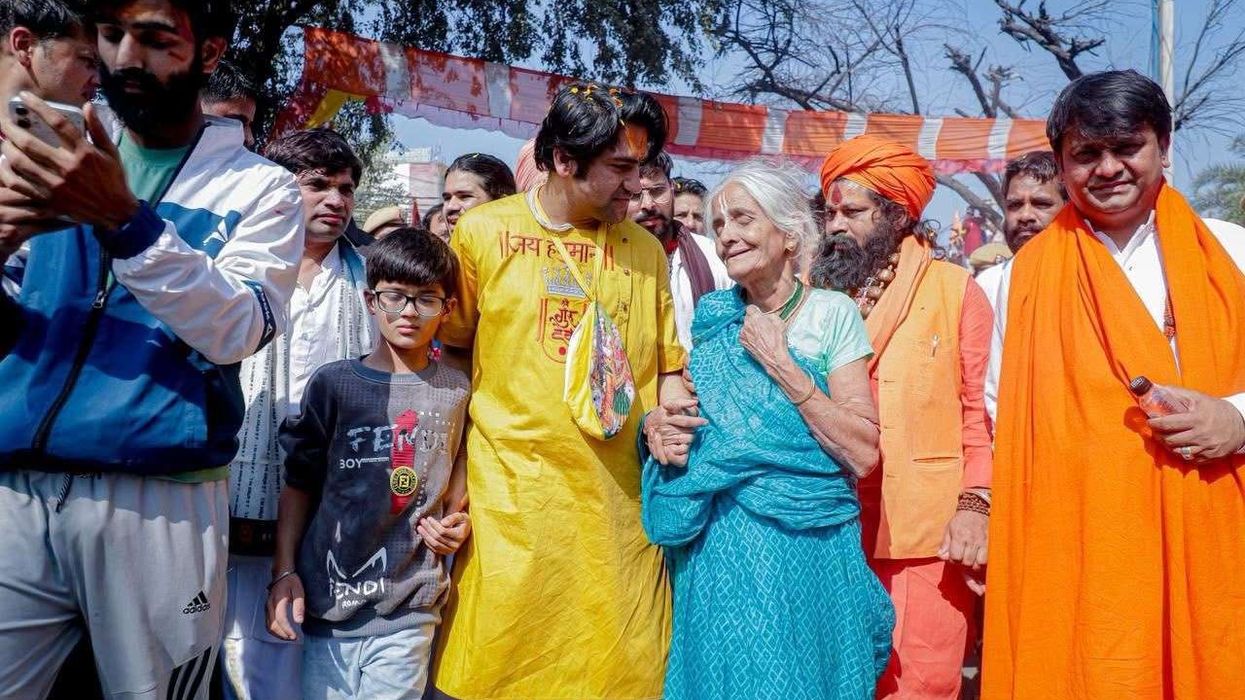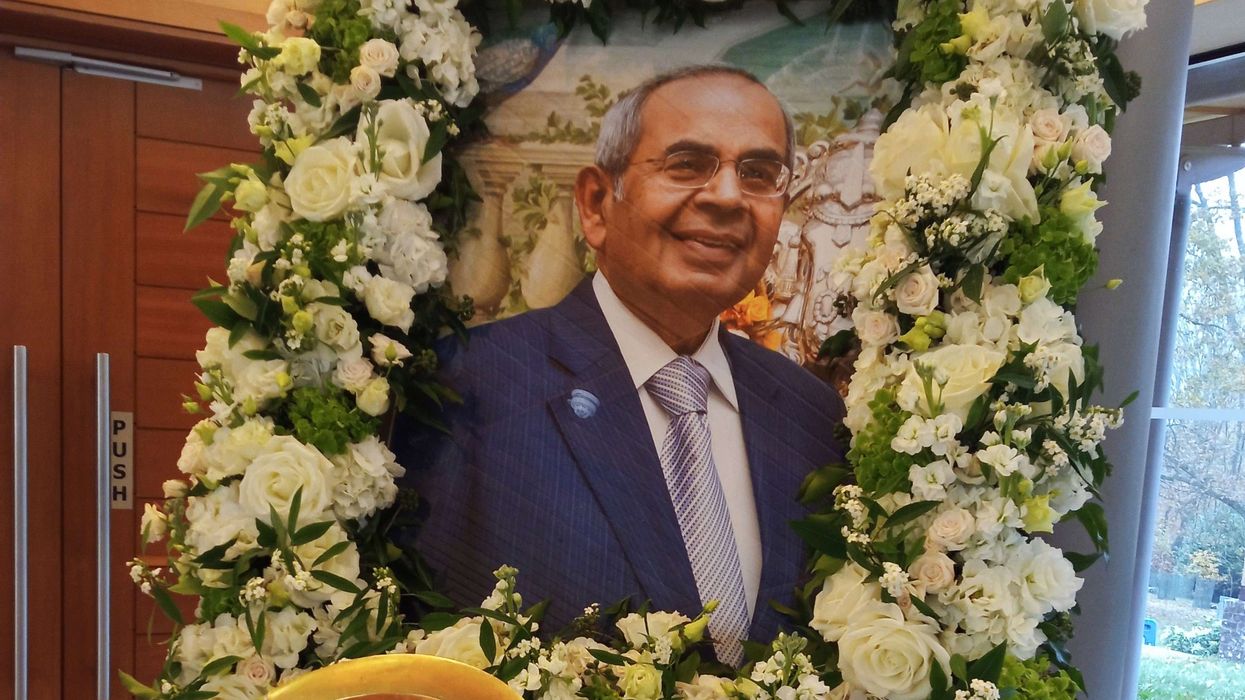Highlights
- 300-year-old handwritten Guru Granth Sahib shown at Edinburgh Gurdwara for first time in 175 years.
- Holy book found in University of Edinburgh archives in 2020, oldest of its kind in UK.
- The book was formerly in the possession of Maharaja Kharak Singh, taken from Punjab fort in 1848.
The ancient scripture left the University of Edinburgh for the first time in 175 years so the community could hold a special ceremony at Edinburgh Gurdwara in Leith.
The book was found by academics looking through the university's digital files in 2020. It is thought to be the oldest of its kind in the UK.
Because it is so fragile, curators took it to the gurdwara in a special convoy for just a few hours. No flash photography was allowed.
The holy book arrived in a box covered in special cloth and rose petals. Crowds waved Sikh and Scottish flags as a bagpiper played outside. Inside, it was carried high above people's heads through the temple to the sound of a large drum.
A volunteer waved a ceremonial whisk called a chaur sahib over it as a sign of respect. The priest, Giyani Himit Singh, read prayers from five pages of the holy book to the congregation.
Cultural legacy remembered
The book was formerly in the possession of Maharaja Kharak Singh, ruler of Punjab. It was taken from Dullewalla fort in India in 1848 and later given to the university by Sir John Spencer Login. The ink used to write it contains gold.
Galab Singh Gold, who helped organise the event, called it a "once-in-a-lifetime opportunity to see something that was lost in history and has been revived". There has been a lot of happiness and tears because the scriptures mean so much to us, he told BBC
Trishna Kaur-Singh, Edinburgh University's honorary Sikh chaplain, wants the book to stay in Scotland. She told BBC that the people are here because of that colonial past and have lived their whole lives here. This is the most valuable find, I think, for the whole of the Scottish Sikh community, she added.
University archivist Rachel Hosker said the Sikh community helped them understand these are not just manuscripts but "living embodiments".





